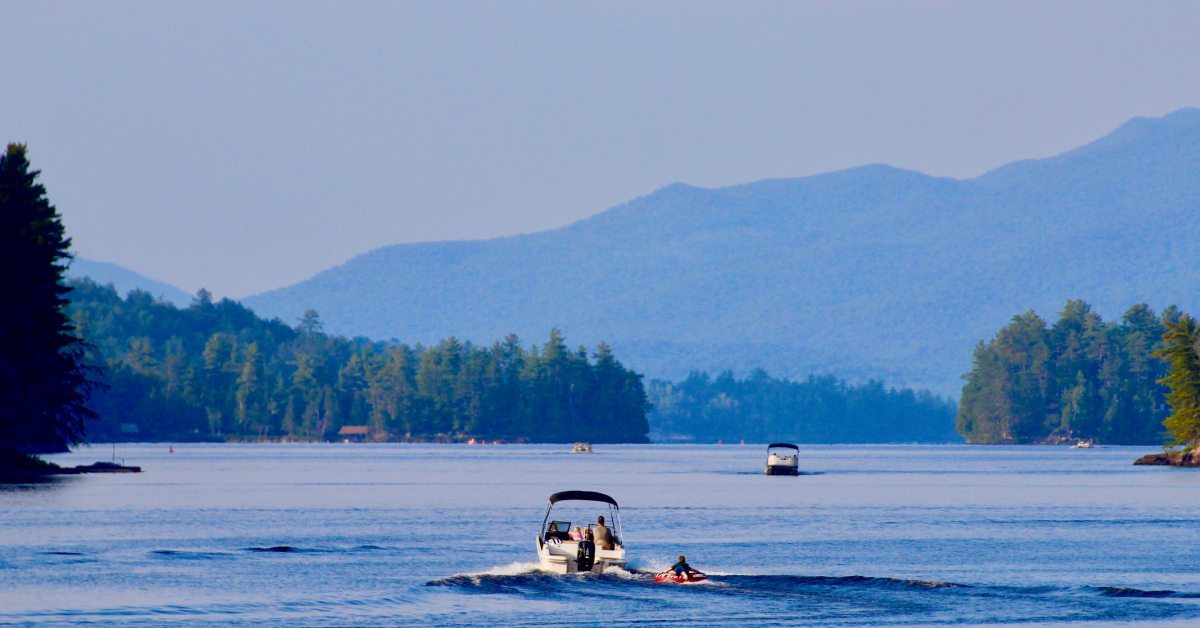Keep in the Loop With the Latest Adirondack News, Local Business Updates, and More
Roundup of What's New in the Adirondacks
Discover what's happening in communities throughout the Adirondack Park! Our Adirondack news roundup features the latest updates about businesses, major event announcements, and a variety of other local stories.
Long Lake to Receive Proceeds from Sale of Historic Whitney Park

The town of Long Lake is set to receive a major financial boost thanks to the anticipated sale of a historic Adirondack property. Whitney Park, a 36,600-acre private tract of land once owned by Saratoga socialite Marylou Whitney, is on the market, and Long Lake has been named the sole beneficiary of the proceeds.
Town officials say the unexpected gift will provide incredible opportunities for the community for generations to come.
Whitney, a well-known figure in the region, originally owned around 50,000 acres in the Adirondacks. In 1997, she sold 15,000 acres to the state, which is now part of the William C. Whitney Wilderness Area. After her passing in 2019, her husband, John Hendrickson, listed the remaining land for sale, initially asking $180 million. While there was interest, the property has yet to sell and is now listed for over $100 million.
Hendrickson's estate will continue oversee the sale, with Long Lake set to benefit once a buyer is found.
Long Lake officials say they will carefully manage the proceeds to ensure they positively impact the community. While it may take years before the funds arrive, town leaders are already considering how best to use them in a way that honors Hendrickson’s legacy and benefits residents.
Source: North Country Public Radio
Help Migrating Birds This Spring by Going ‘Lights Out’ at Night

As millions of birds pass over New York during their spring migration, the DEC and Office of General Services are asking residents to help protect them by turning off non-essential outdoor lights between 11 p.m. and dawn through May 31.
Many bird species use constellations to navigate, and excessive nighttime lighting—especially during cloudy weather—can disorient them, leading to fatal collisions with windows, buildings, and floodlights. This phenomenon, known as fatal light attraction, is responsible for over one billion bird deaths each year in the U.S.
The statewide Lights Out initiative encourages everyone—from state agencies to homeowners—to shut off unnecessary lights and close window blinds at night to reduce light pollution. It’s a simple way to protect these birds while saving energy and supporting sustainability.
"DEC is proud to join our New York State partners to lead by example and take actions to help reduce bird collisions," said DEC Acting Commissioner Amanda Lefton. "The national Lights Out initiative is a simple way New York State agencies and New Yorkers can protect wildlife and ecosystems and help a variety of bird species have a safe, successful migratory journey."
Looking to enjoy birdwatching this season? Check out the DEC's Birding page for beginner tips, bird walk events, and locations across the Adirondacks to spot seasonal species on the move: https://dec.ny.gov/things-to-do/birding
Source: DEC
Find things to do in the Adirondacks >>